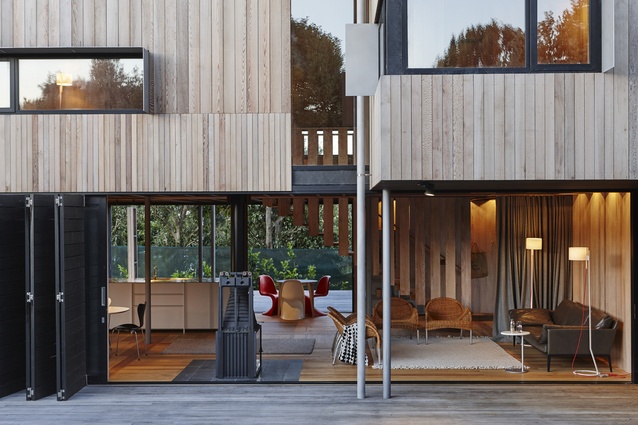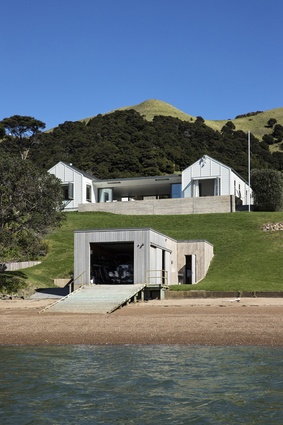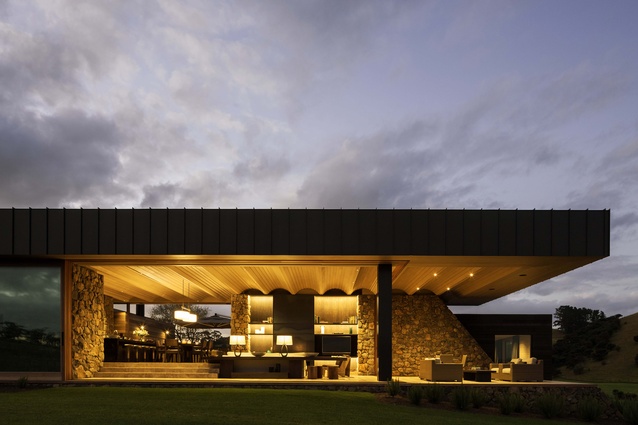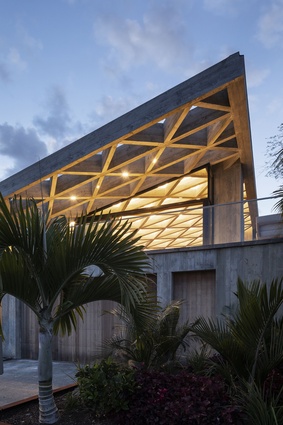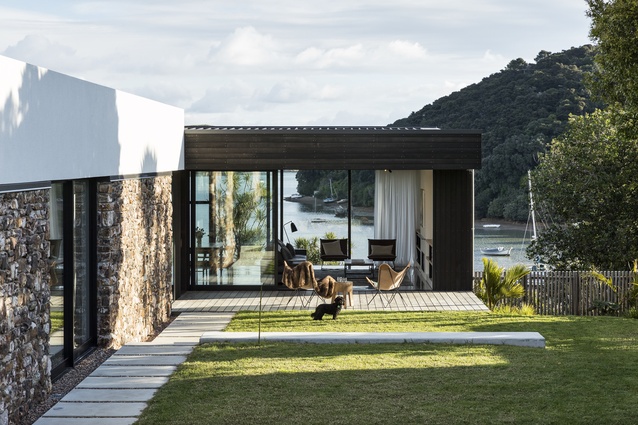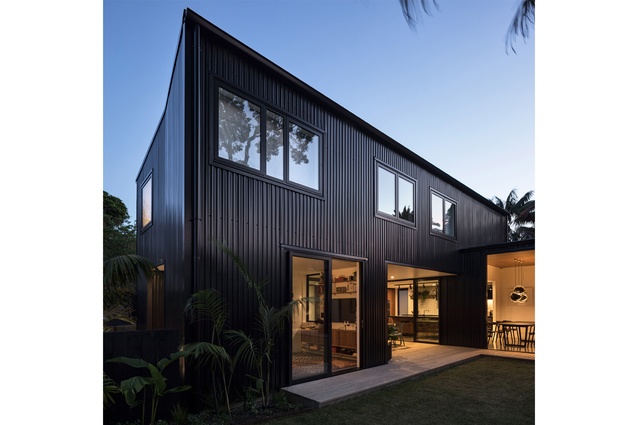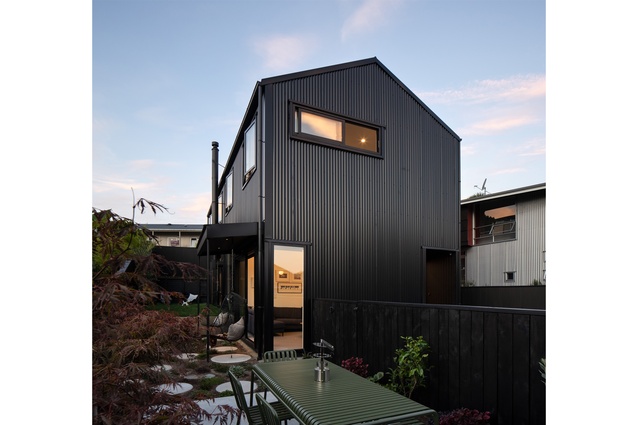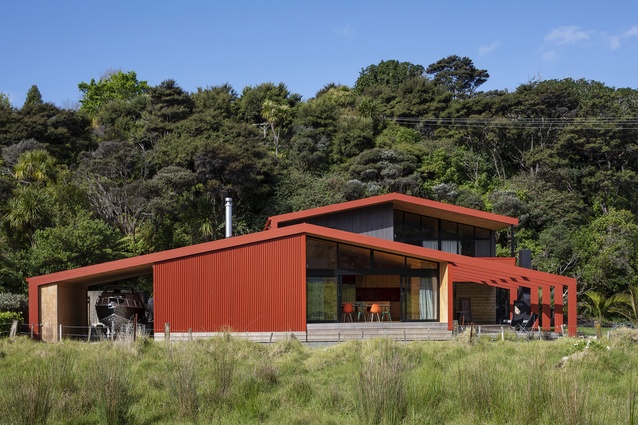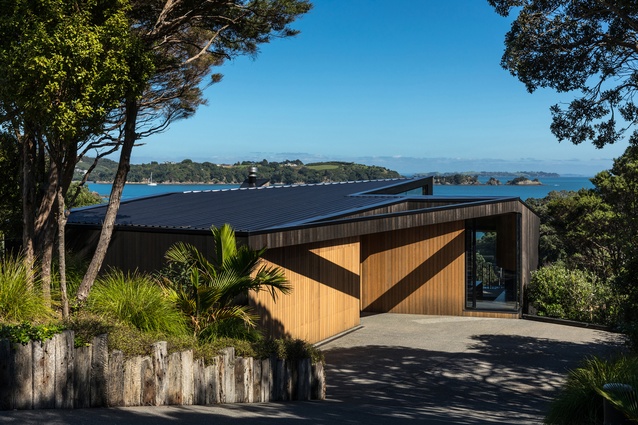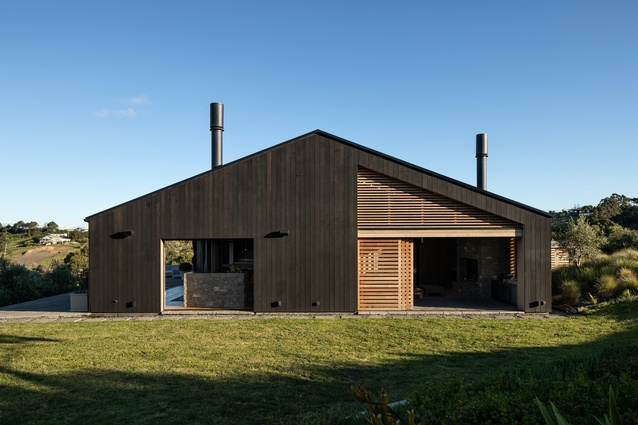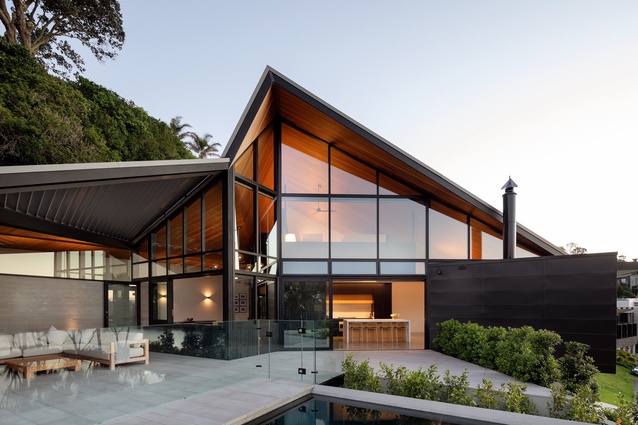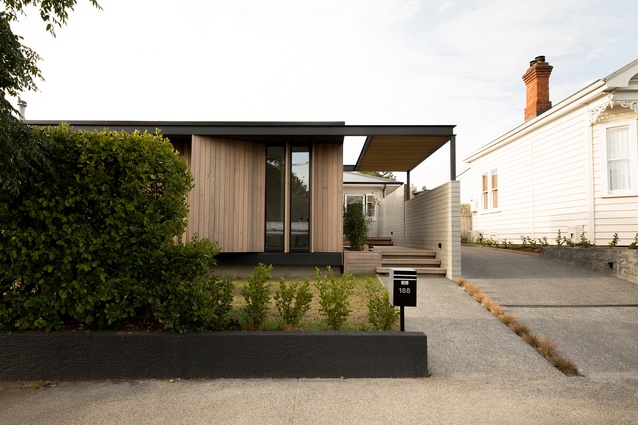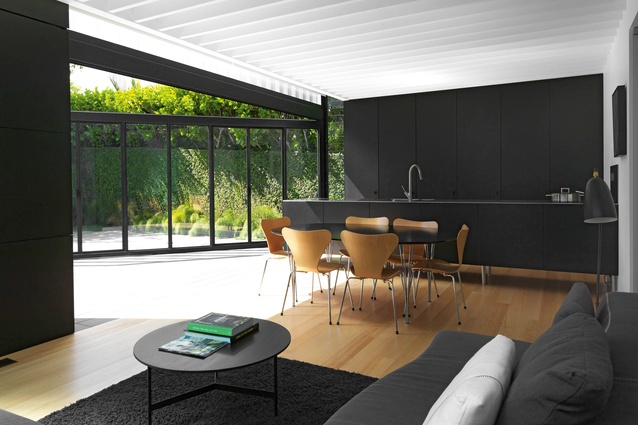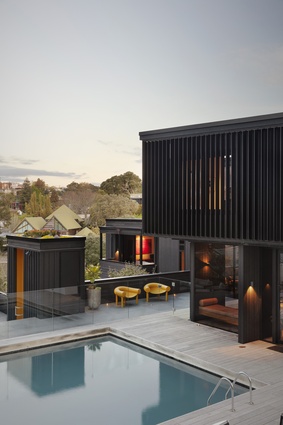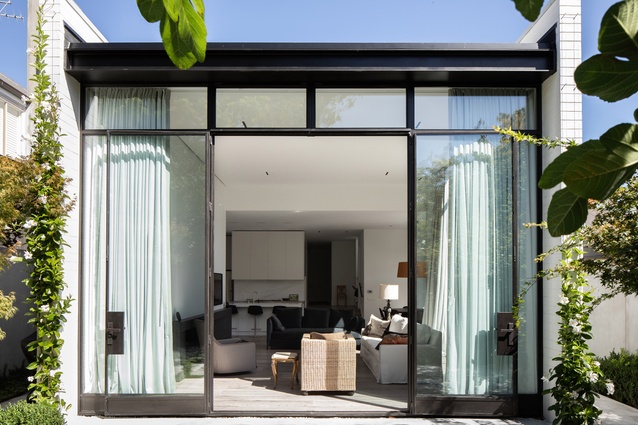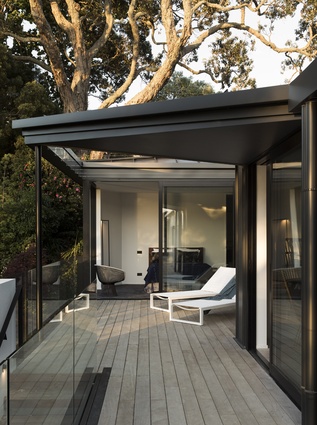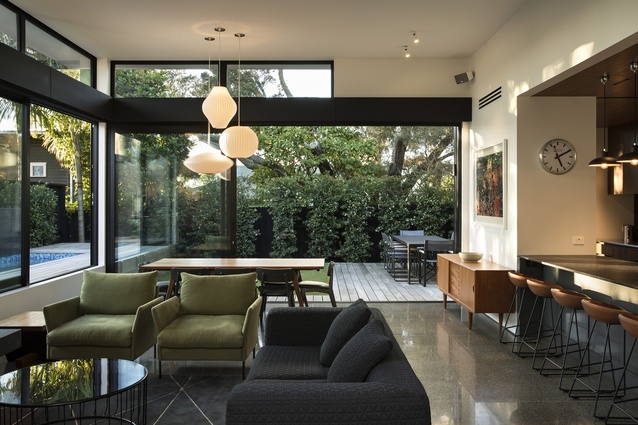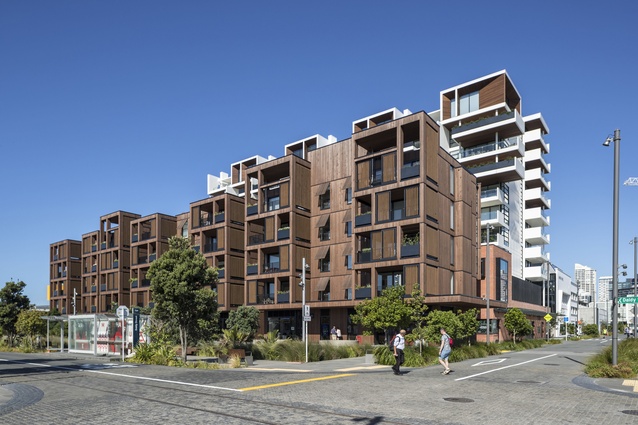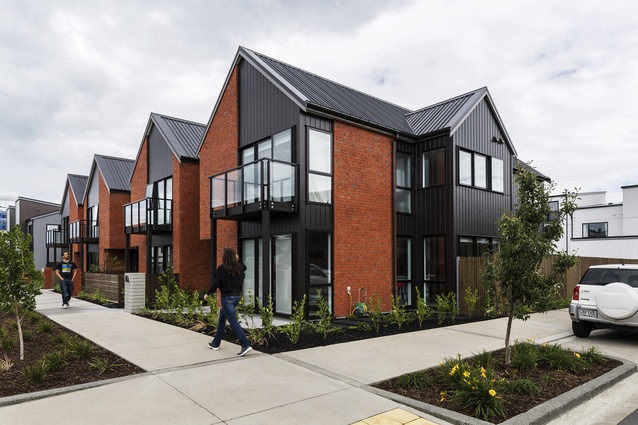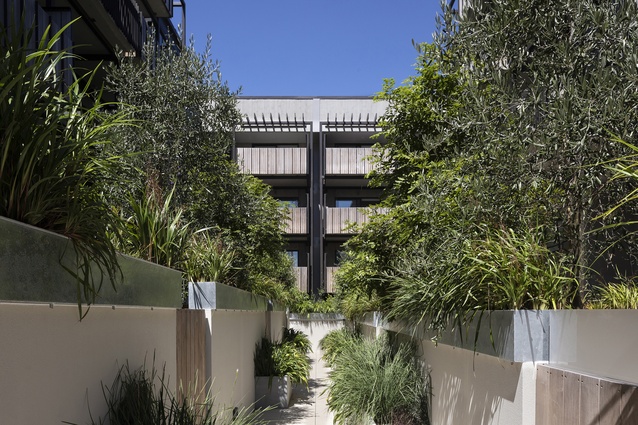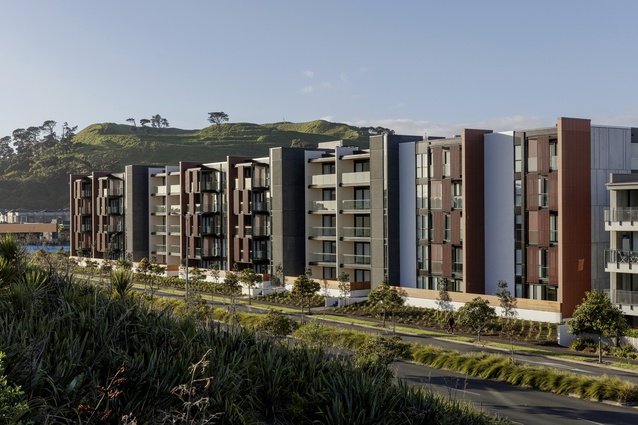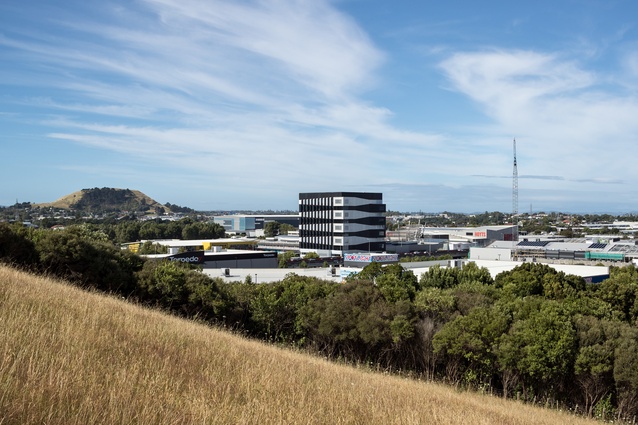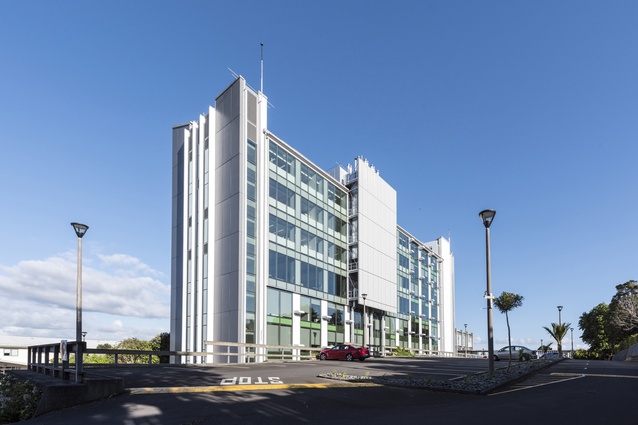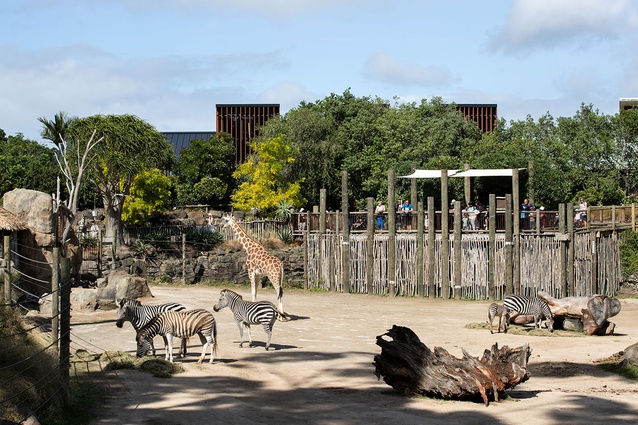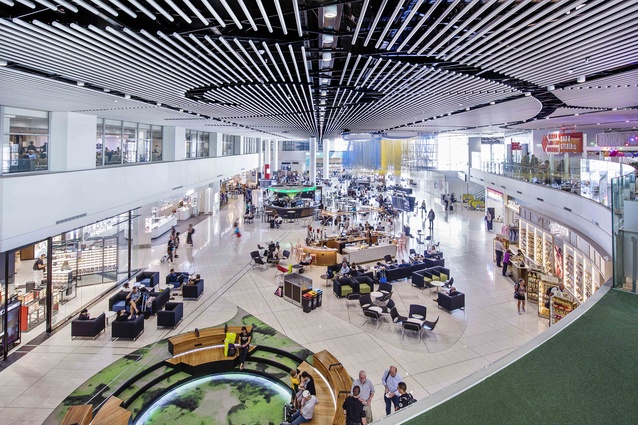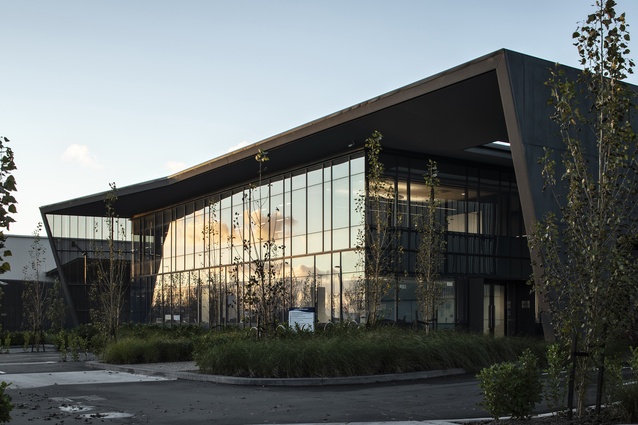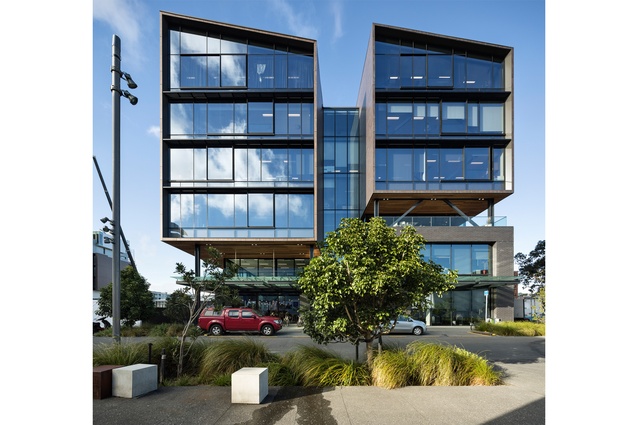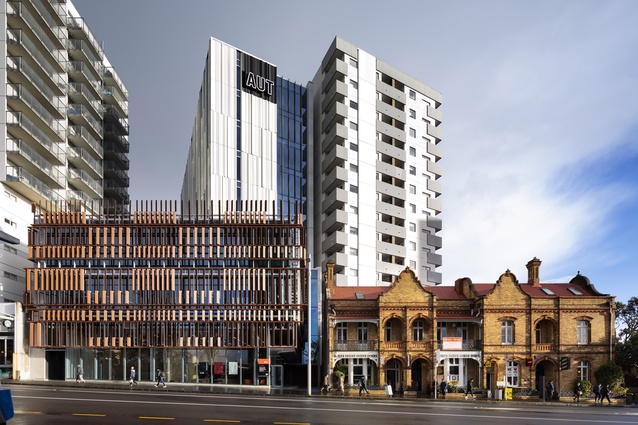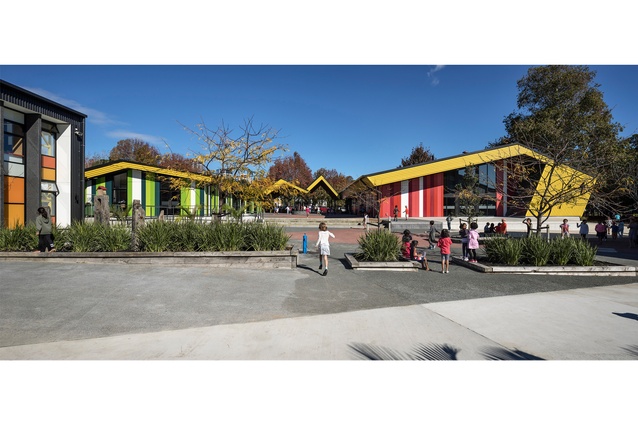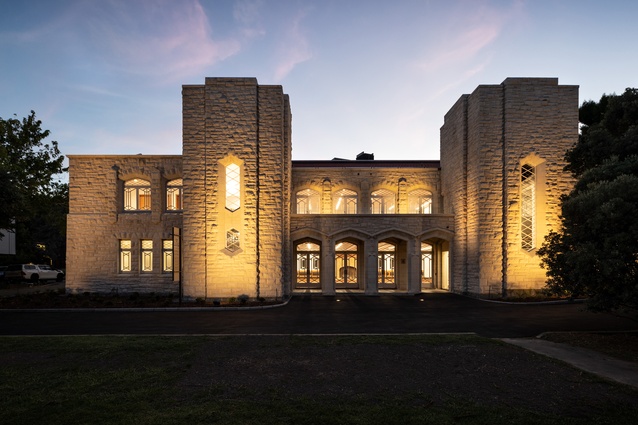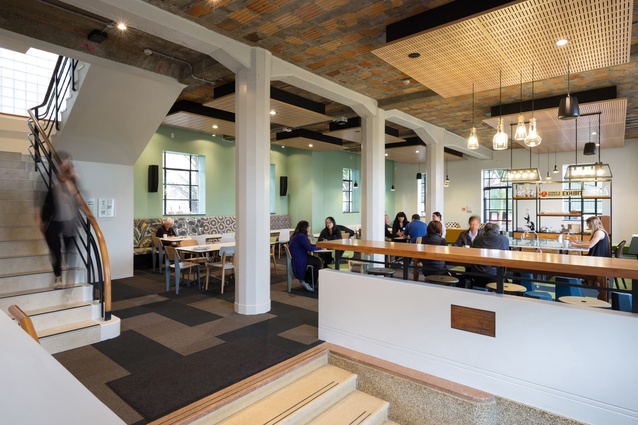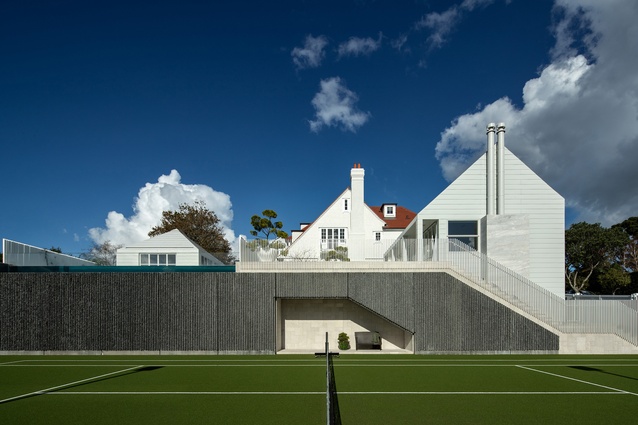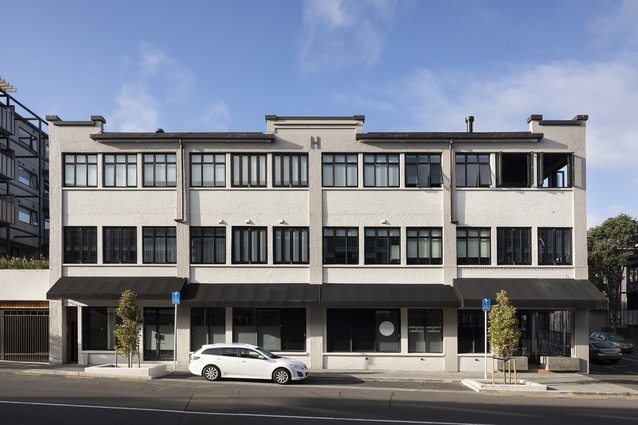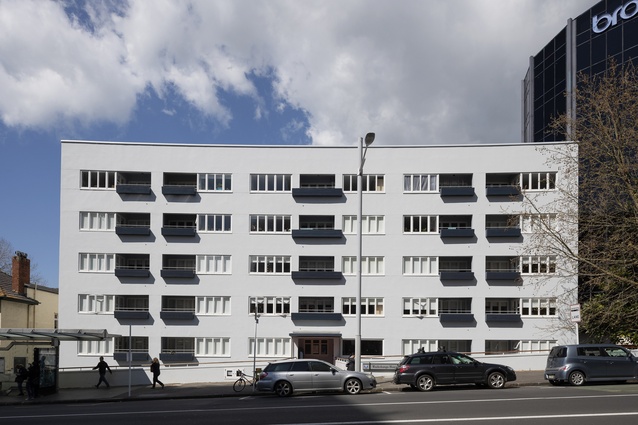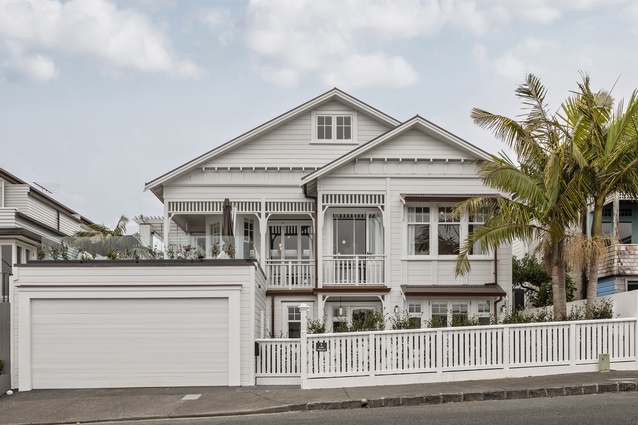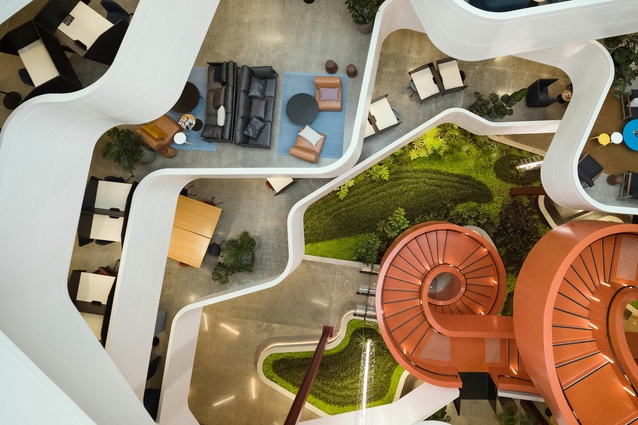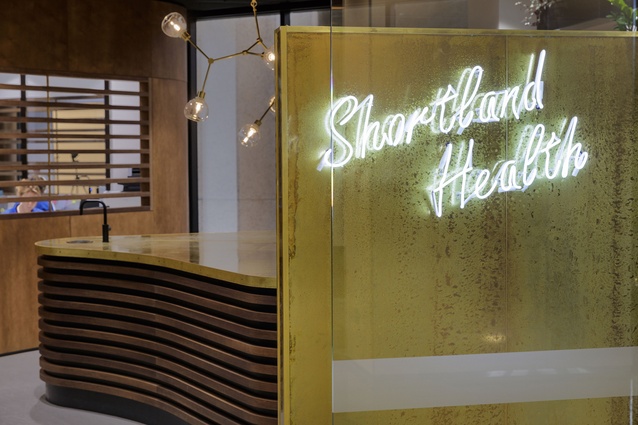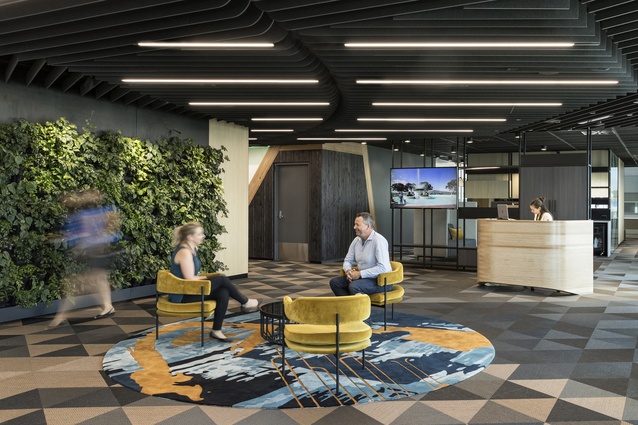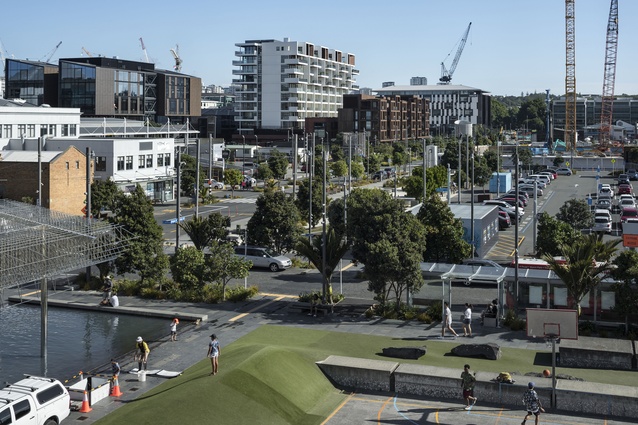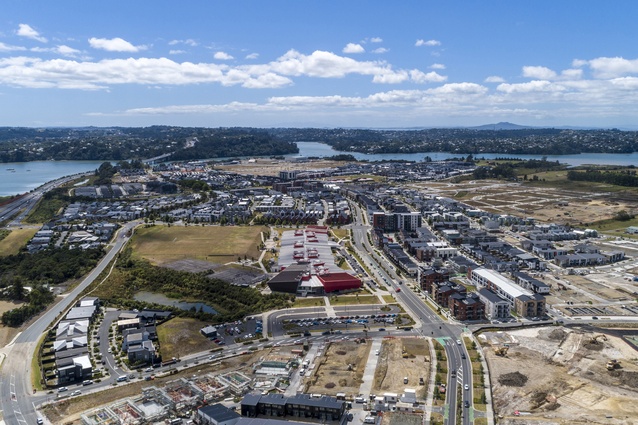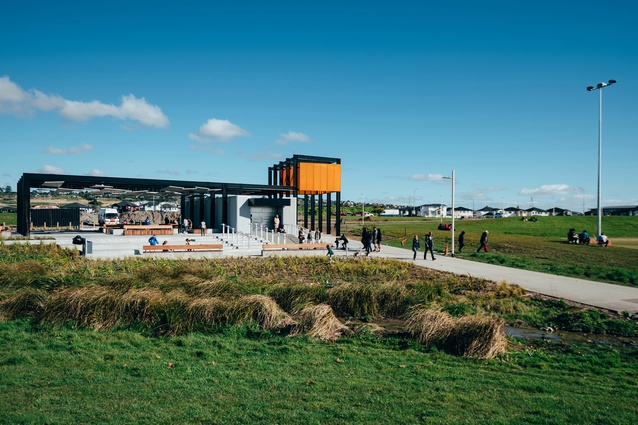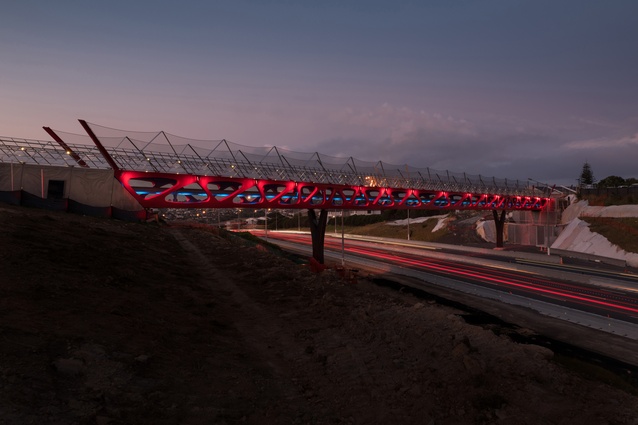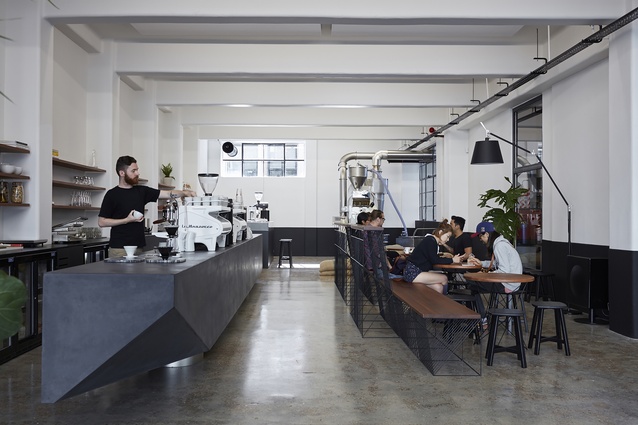2019 Auckland Architecture Awards
The New Zealand Institute of Architects‘ Auckland branch announced 44 winning projects at their local awards on 1 May at the ASB Waterfront Theatre. Convenor of the jury, Dave Strachan, noted that many of the winning projects showed how architecture could respond to changing needs in education, business and healthcare.
Strachan was joined on the jury by Auckland-based architects Natasha Markham and Evelyn McNamara and Wellington architect Ewan Brown along with architectural writer Simon Wilson.
“Many of these award-winners are important precedents for the city’s further development.
“The awards hold a mirror up to Auckland’s significant issues. They show how to house people well in greater numbers, how to deal with our built heritage appropriately and how to provide focal points for communities,” Strachan said.
“Above all, the awards show how well-crafted environments can bring some joy into people’s lives.”
Winners: Housing
Pinwheel House by architecture+
This Great Barrier Island house was praised by the judges for its careful planning and thoughtfully chosen materials. They appreciated the “cedar inside and American oak outside – and clever attention to every little detail.”
Island House by Bureaux
This Waiheke Island house “speaks of spacious, stylish comfort”, the judges said.
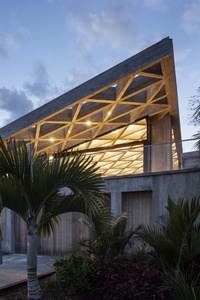
The Landing – Vineyard House by Cheshire Architects
This Northland home “demonstrates that luxury can be achieved without a grand scale – and it succeeds with breath-taking splendour”, according to the jury.
Diagrid House by Jack McKinney Architects
Named for a 56-tonne concrete roof in the form of a grid of diagonals, this home is “truly unique, next-level domestic architecture”, the jury said.
Anzac Bay House by JDA Studio Architects
This home is “accomplished, sophisticated and not afraid to be bold”, the jury noted.
To keep you home, to keep you safe by Rogan Nash Architects
The jury said, “Wherever you look, you see a little more than you were expecting,” of this home belonging to practice director Eva Nash.
The Blackbird by Rogan Nash Architects
The home of practice director Kate Rogan, the jury described this house as a “simple, two-storey box, made glamorous by its cladding of black vertical sheet metal corrugate”.
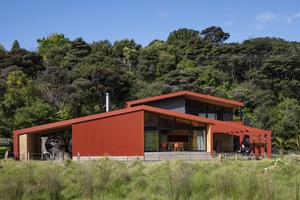
Tāwharanui House by RTA Studio
Taking its colour cue from the ‘pioneer red’ of an original shed on the site, Tāwharanui House acts as an “encampment” of detached spaces.
Sandy Bay House by Stevens Lawson Architects
The jury was impressed with the designers of this house for “rakishly bisecting planes” that “send shifting shafts of light into the house”.
Korora Grove House by Sumich Chaplin Architects
A fourth Waiheke Island house to win, this project turned the materials and forms associated with the utilitarian to luxury ends.
Roads End by Wendy Shacklock Architects
“The house is hard to get to” the jury said, “but once you’re there you wonder if there’s any good reason you should ever leave.”
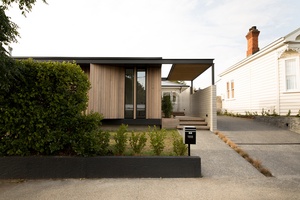
Winners: Housing – Alterations and Additions
Garden Stoop House by Alignworks
This home stands out for the way it was extended at the front to preserve development potential to the rear.
Light Box by Crosson Architects
The designers upgraded this Ponsonby villa with a glass wall that swings fully open, which the jury called “a breathtakingly grand solution”.
Railley House by Daniel Marshall Architect
A 1970s house that acts as a series of interlocking modernist boxes creates what the judges called, “genuine splendour in the suburbs”.
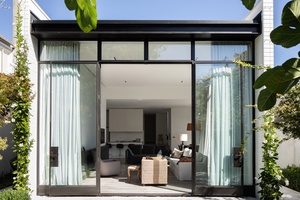
Small Tall Alteration by Jack McKinney Architects
This Parnell cottage got a make over as a modern, white-walled living space with high ceilings. The judges called it a “magic cave”.
Herne Bay Hideaway by Lloyd Hartley Architects
The jury said this renovation restores the long-lost ability of mid-century brick-and-tile house “to honour its surroundings”.
The Stage and the Cave by Rogan Nash Architects
“So relaxing, so stylish, so cleverly detailed,” that the jury noted, “Why would you ever go out?”
Winners: Housing – Multi Unit
Wynyard Central East 2 by Architectus
The judges said of this multi unit dwelling: “It is Auckland apartment living at its finest.”
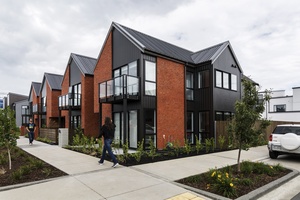
Hobsonville Point, Buckley A Superlot 29, Terraces Lots 26-29 by Construkt Associates
Comprised of three- and four-bedroom terrace houses, the jury notes that these homes are an “elegant addition to the street, and are comfortable and extremely pleasant to live in”.
Botanica by Peddle Thorp
The new Botanica apartments “offer privacy to all their occupants and communal, sylvan splendour to all”, the jury said.
Bellus Apartments by Warren and Mahoney Architects
These medium-cost homes “showcase visual variety in their external form, with an appealing juxtaposition of materials, colour and form, and some lovely touches,” the judges said.
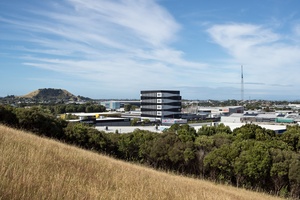
Winners: Commercial Architecture
No. 1 Sylvia Park by Architectus
The “angled lines and boldly contrasting black/white pattern speak of a commitment to design flair, and to the entrepreneurial confidence of the building’s tenants”, the jury said.
Plant and Food Research – Hamilton Building by Bossley Architects and Lab-works Architecture in association
The building’s significant exterior and interior refurbishment included replacing existing cladding with a “lovely, green-glazed façade”, while the interior is “one of the finest internal office spaces you’re likely to find anywhere in the city”.

Auckland Zoo Administration Building by Ignite Architects
The jury said this project was “a bright new home for the zoo staff that handles the demands of hot-desking and lockers with a superb use of colour and clarity”.
Auckland Airport International Departures Experience by Jasmax and Gensler
The architects impressed the judges in this project with it’s “brilliant artwork, a crater pit for families, a boardwalk, ‘instagrammable moments’ with photographic murals, and ceiling and wall features that evoke waka and paddles”.
Röhlig New Zealand HQ by JWA Architects
This hub for freight and logistics demonstrated “the excitement and possibilities of trading with the world”.
12 Madden Street by Warren and Mahoney Architects
This building “playfully evokes saw-toothed factory roofs of old, and some beautiful patterning for the discerning eye to discover,” the jury noted.
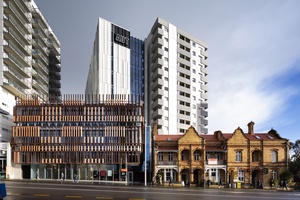
Winners: Education
Ngā Wai Hono, AUT School of Engineering, Computer and Mathematical Sciences (ECMS) Building by Jasmax
The latest in a series of collaborations by AUT and Jasmax, this building is “a tribute to the old, and a declaration that in this new space you’ll find a whole new world of excitement, wonder and achievement,” the jury said.
Freeman’s Bay School by RTA Studio
The array of “spaces, shapes and surfaces are designed to brighten the children’s day and stimulate learning formally and informally”, according to the jury.
Winners: Heritage
The University of Auckland Building 119 by Architectus
The judges described this project as “severe and yet, in its soft colours and with that tactile stonework, warmly welcoming”.
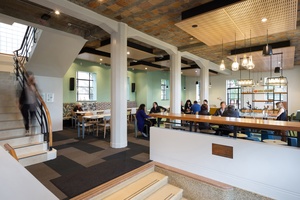
Plant and Food Research – Cunningham Building by Bossley Architects
The jury noted that this reinterpretation of New Zealand’s first purpose-built science facility was a “model of restoration: a charming, fully functional and future-proofed mid-century building,”
Recrafted Art House by Crosson Architects
“This is a luxury refit, but money doesn’t buy taste – client and architect alike had to supply that,” the jury said.
Botanica Heritage by Peddle Thorp
The Botanica Heritage is lauded by the judges as a former office building with “an energetic stylishness and very lovely sense of grace”.
Waikohanga House by RTA Studio and Archifact in association
Waikohanga House, on Symonds Street, once epitomised the quandary presented by heritage buildings: no one was allowed to tear them down, and at the same time no one knew what to do with.
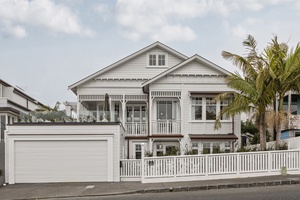
“But RTA Studio and heritage architect Archifact knew,” the jury said. “Their restoration, on a very tight budget, venerates the simple beauty of early modernism.”
Ring Terrace Renovations by Salmond Reed Architects
The architects impressed the jury with the depth of research that went into this building and how they went “back to the records to discover and reinstate splendid features” throughout the restoration.
Winners: Interior Architecture
B:Hive by BVN and Jasmax in association
The spiral stair inside this co-working space at Smales Farm acts as a “a magnificently inspirational bright orange ribbon,” the jury said, and it brings “21st-century office planning to a 20th-century business park, in a five-storey building housing 800 people working for 100 different companies”.
Shortland Health by Klein
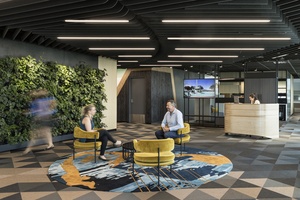
The designers created a “smart, sophisticated interior to make visitors and staff feel confident of their surroundings and comfortable about being there”, said the jury.
ATEED HQ by TOA Architects and 4Work
The jury was excited by the strong narrative of this project, resulting in an “invigorating, purposeful, uniquely affirming architecture”.
Winners: Planning and Urban Design
Wynyard Central Master Plan by Architectus
This masterplan “has unleashed a great creative flowering of architecture and urban design, setting a benchmark for the entire city that all other precincts must now aspire to match,” the jury said.
Te Onekiritea/Hobsonville Point Masterplan by Isthmus Group
The jury noted that this project showed a “deep commitment to making human-scale spaces for people to live and play in, and for many residents to work in, too”.
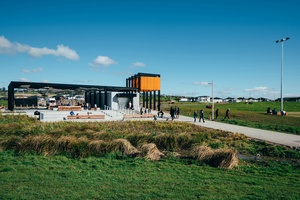
Winners: Public Architecture
Barry Curtis Park Sports Pavilion & Plaza by Isthmus Group
The bright orange canopy of this project was commended by the jury as “a way finder – an easily recognisable meeting place visible from everywhere in the park, and a symbol for the local community”.
Tirohanga Whānui Bridge by Wells Architects Planners
Creating an “invigorating, smile-inducing moment” is what won the judges over with the project, which connects Albany and Pinehill.
Winners: Small Project Architecture
Tāmaki Pātaka Kōrero (Auckland Central Library) Adaptation by Athfield Architects
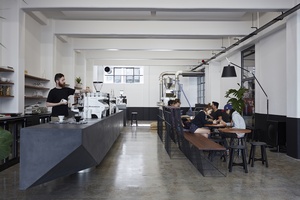
This project “transformed a problematic space into a charming, engaging, thoroughly welcoming new facility”, the jury said.
Eight Thirty Roastery by Glamuzina Architects
The judges commented that this inner-city café is “a deeply satisfying masterclass in how to go about fitting out an empty space with minimalist design”.
All winners of the Auckland Architecture Awards are eligible to win the New Zealand Architecture Awards, which are announced in November.

